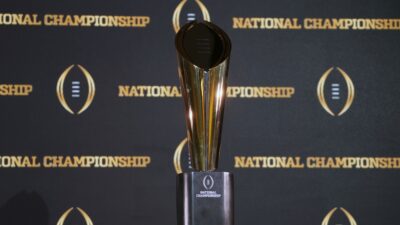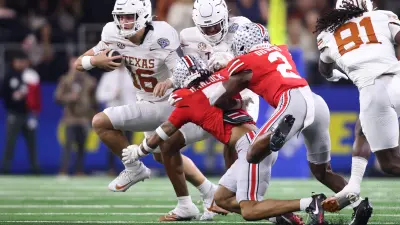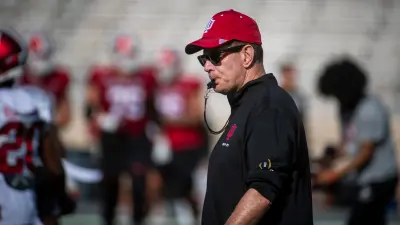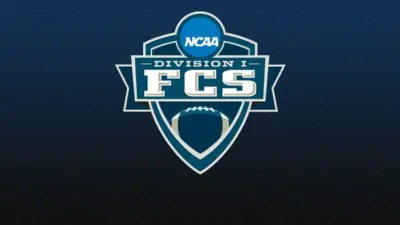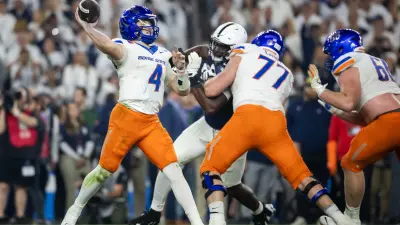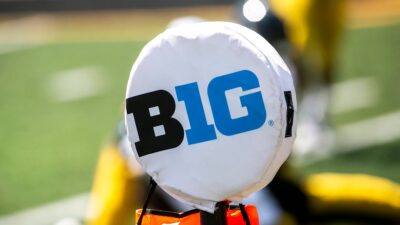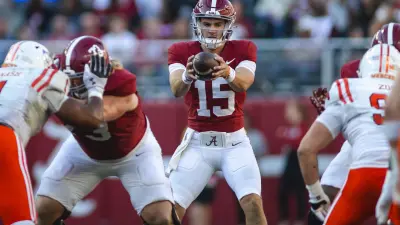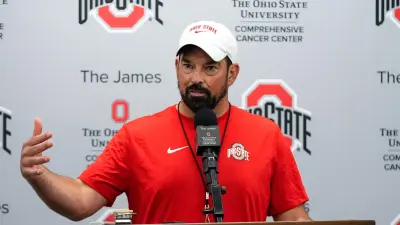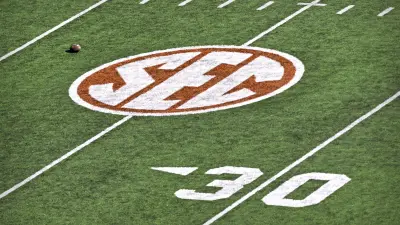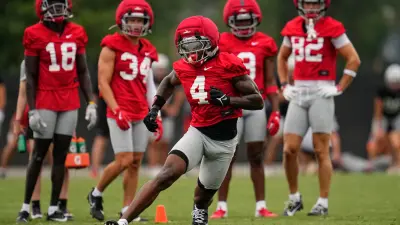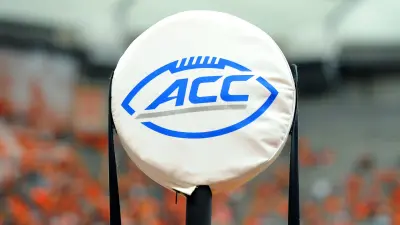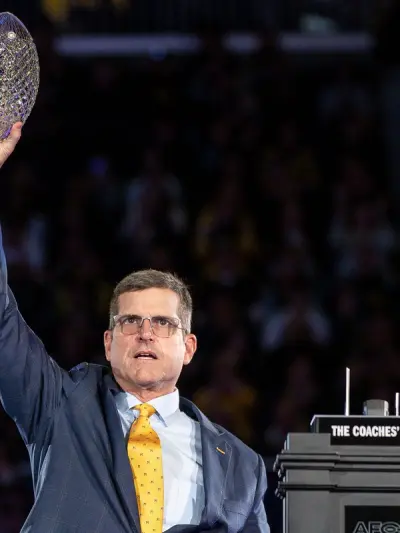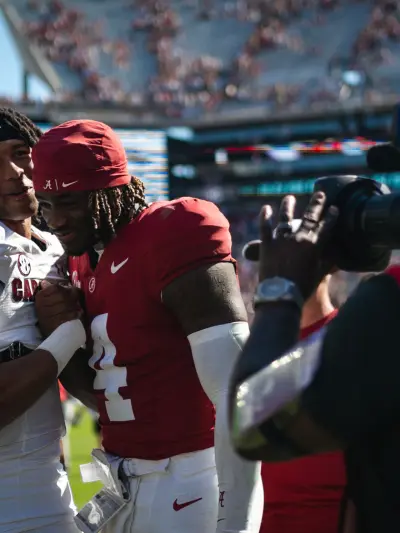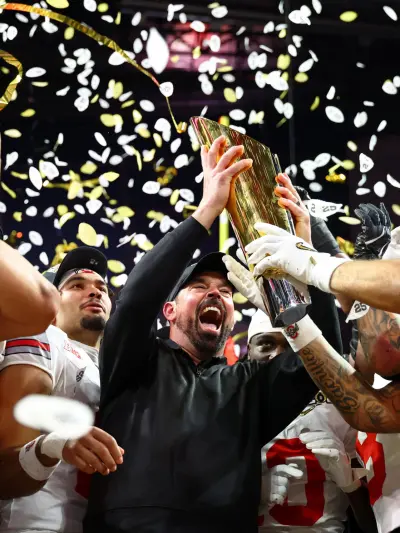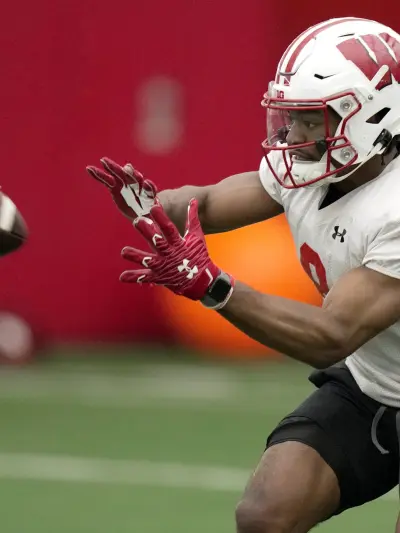By Brett Daniels
College Football has long been known as the sport that has the best regular season and worst postseason of all the major US sports. The NFL, NBA, NHL, and MLB all have mechanisms in place where teams qualify for the post-season playoffs based on where they finish in their respective divisions or conferences during the regular season. Other collegiate sports also have post-season tournaments to determine their champion (March Madness, College World Series). College Football, however, has always been its own unique entity.

Early Years
From the early days of the sport until the 1990s, College Football was largely a regional sport. Schools would play other schools that were geographically close. Once conferences came into existence, the goal each year was to win your conference. The “National Champion” was determined by voters in various polls (AP, UPI-later the Coaches Poll, Football Writers Association of America, National Football Foundation) and was largely understood to be “mythical” as the NCAA did not officially recognize a National Champion in Division 1-A College Football. After the two major polls (AP/UPI) returned split “National Champions” in 1990 (Colorado-AP/Georgia Tech-UPI) and 1991 (Miami-AP/Washington-UPI/Coaches), a growing consensus emerged to match the #1 and #2 ranked teams against each other in a Bowl game to determine the National Champion and thus the Bowl Alliance (later the Bowl Coalition) was formed in 1992.
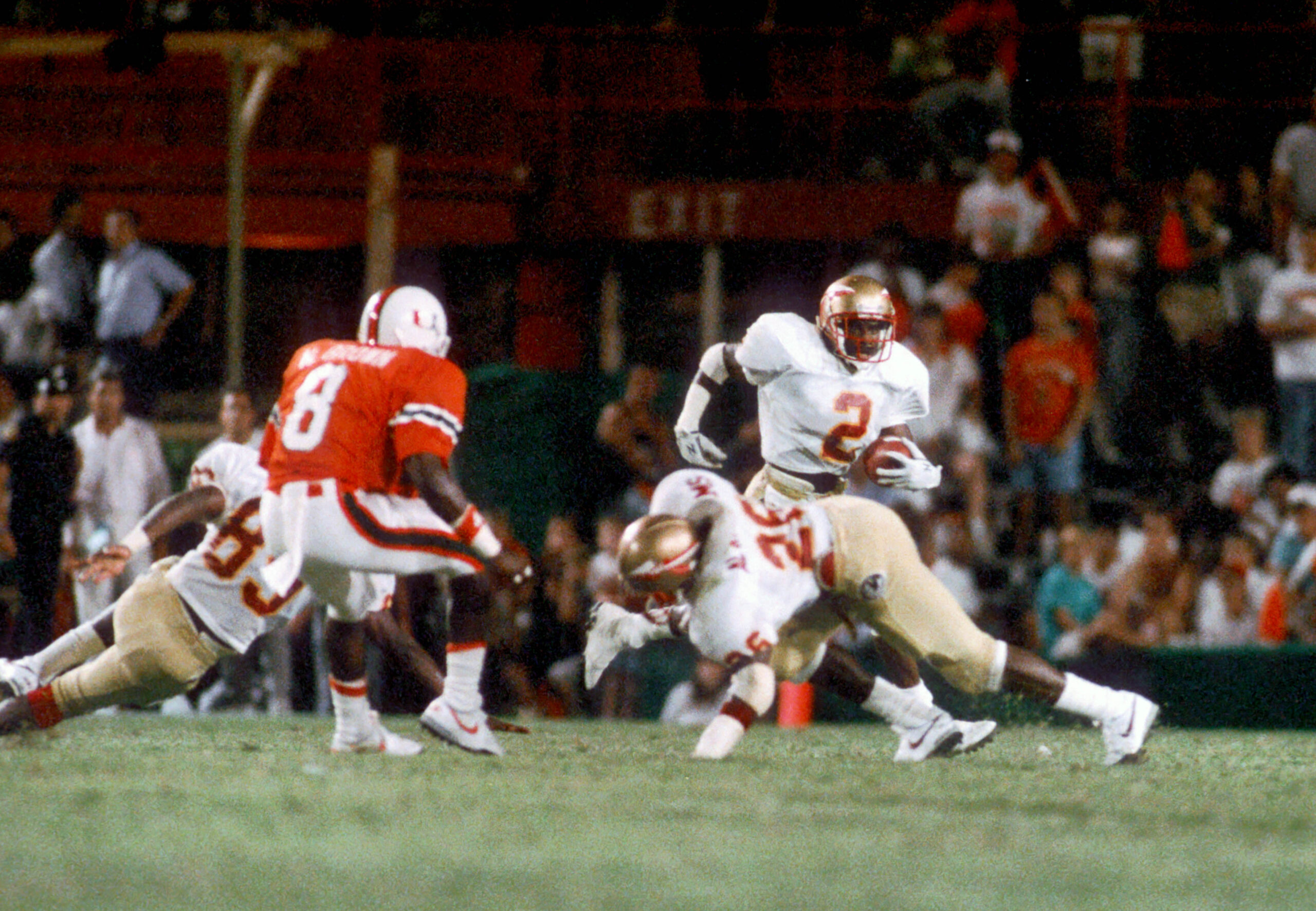
Bowl Alliance/Bowl Coalition/BCS Years
This system, while an improvement over the previous practice, did not include schools from the Pac-10 or Big-10. Neither were interested in abandoning the tradition of the Rose Bowl to crown a National Champion. Eventually the Pac-10 and Big-10 agreed to join the rest of College Football and in 1998 the Bowl Championship Series (BCS) was born. Like the Bowl Alliance/Coalition, the BCS was a vast improvement over the previous system as it included all teams from the NCAA Division 1-A. The BCS years were not without controversy, as most years there were three and sometimes more teams that felt like they deserved a chance to play for the National Championship. Two instances on the field (and a multitude of instances off the field) were the catalyst for the system we have in place today. The 2003 season saw Oklahoma, LSU and USC all finish the season with 1 loss. USC was No. 1 in both human polls but ranked lower in the computer polls due to a loss against unranked Cal during the season. Oklahoma entered Championship Week undefeated, but lost to Kansas State 35-7 in the Big 12 Championship Game. LSU was a solid No. 2 across the board in both human and computer polls, so the Tigers faced off against the Sooners in the Sugar Bowl for the BCS Championship. USC faced No. 4 Michigan in the Rose Bowl. LSU and USC both won convincingly, which led to a split national championship where the AP crowned USC and the BCS/Coaches Poll chose LSU. The ending of the 2011 season was the last straw for many of those opposed to the Playoff system. Alabama and LSU faced off in a regular-season slug fest that ended in a 9-6 win for the Tigers. LSU would go on to win all of their remaining games and secure the No. 1 ranking and a spot in the BCS Championship Game. The opponent for that game was perhaps the biggest controversy of the BCS era. Oklahoma State had rolled through much of their schedule unscathed before a double-overtime loss to Iowa State on November 18. This late loss dropped the Cowboys to 4th in the BCS polls and allowed Alabama to rise to 2nd. Oklahoma State would beat Oklahoma the following week in a de facto Big 12 Championship Game, while Alabama would throttle Auburn 42-14 to end its regular season. After all the data was compiled, the Crimson Tide emerged as the No. 2 team according to the computers and would play LSU for the National Championship. Alabama defeated LSU 21-0 in the Sugar Bowl to win the National Championship without winning their conference or even their division.
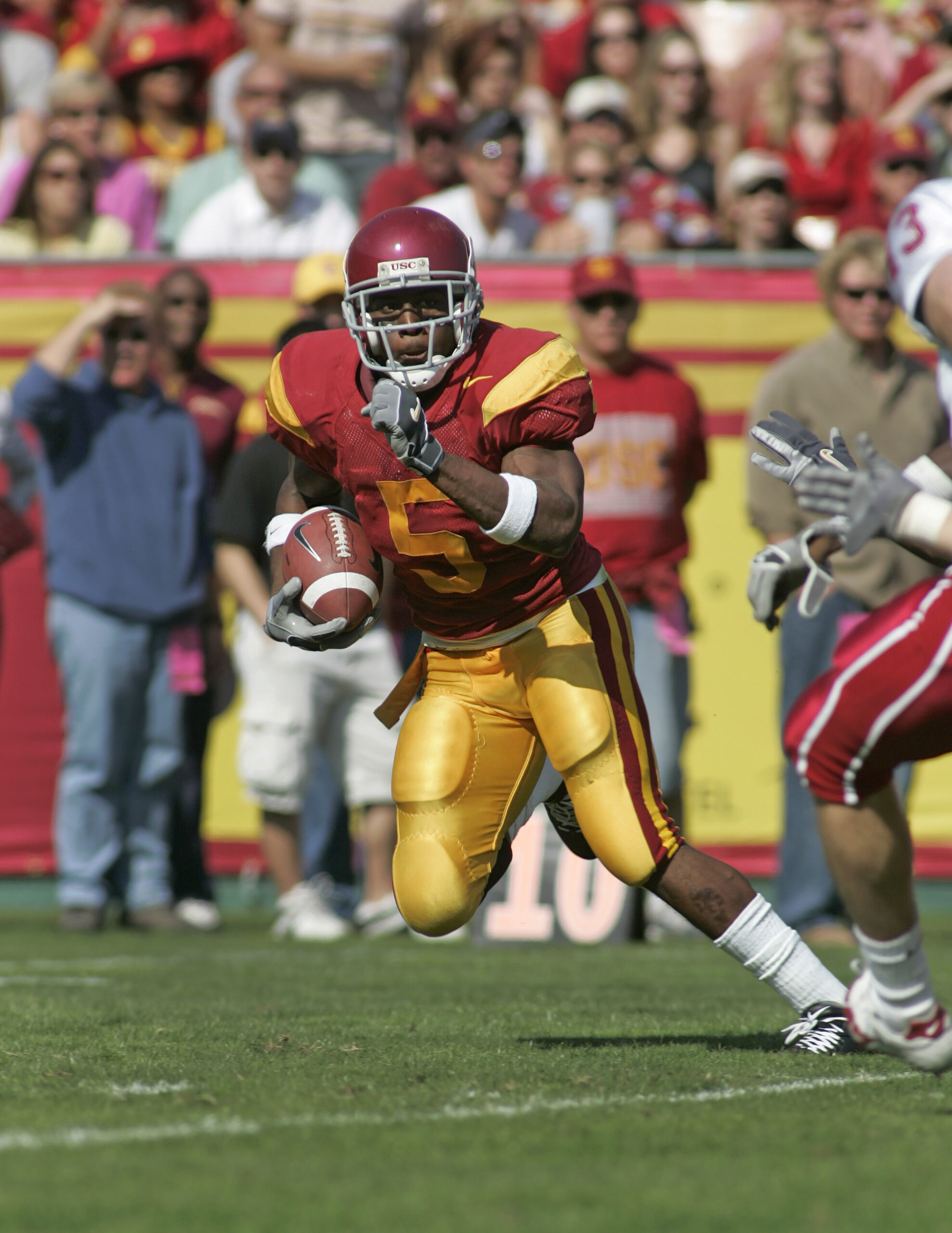
More Sports News
The 4-Team Playoff
After the controversy that was the 2011 title game, discussion of a “plus-one” model that would match the two best teams after Bowl Season emerged. These discussions produced the 4-team College Football Playoff model. The four teams would be determined not by human polls or computer matrices, but by a committee of thirteen people who would meet and produce a poll based on all available data. The Playoff was also supposed to provide access to all Division 1 teams regardless of conference affiliation. From the jump this model was heavily criticized. It only provided for four spots when there were (at the time) five “power” conferences, plus the best team from the Group of 5. Since its implementation in 2014, there have been several years where deserving teams were left out in favor of teams that were deemed to be the “best” and the converse where teams that were the “best” were left out in favor of teams that were judged to be more deserving. In 2022 the CFP Board of Managers decided to implement a new 12-team model no sooner than the 2024 season.
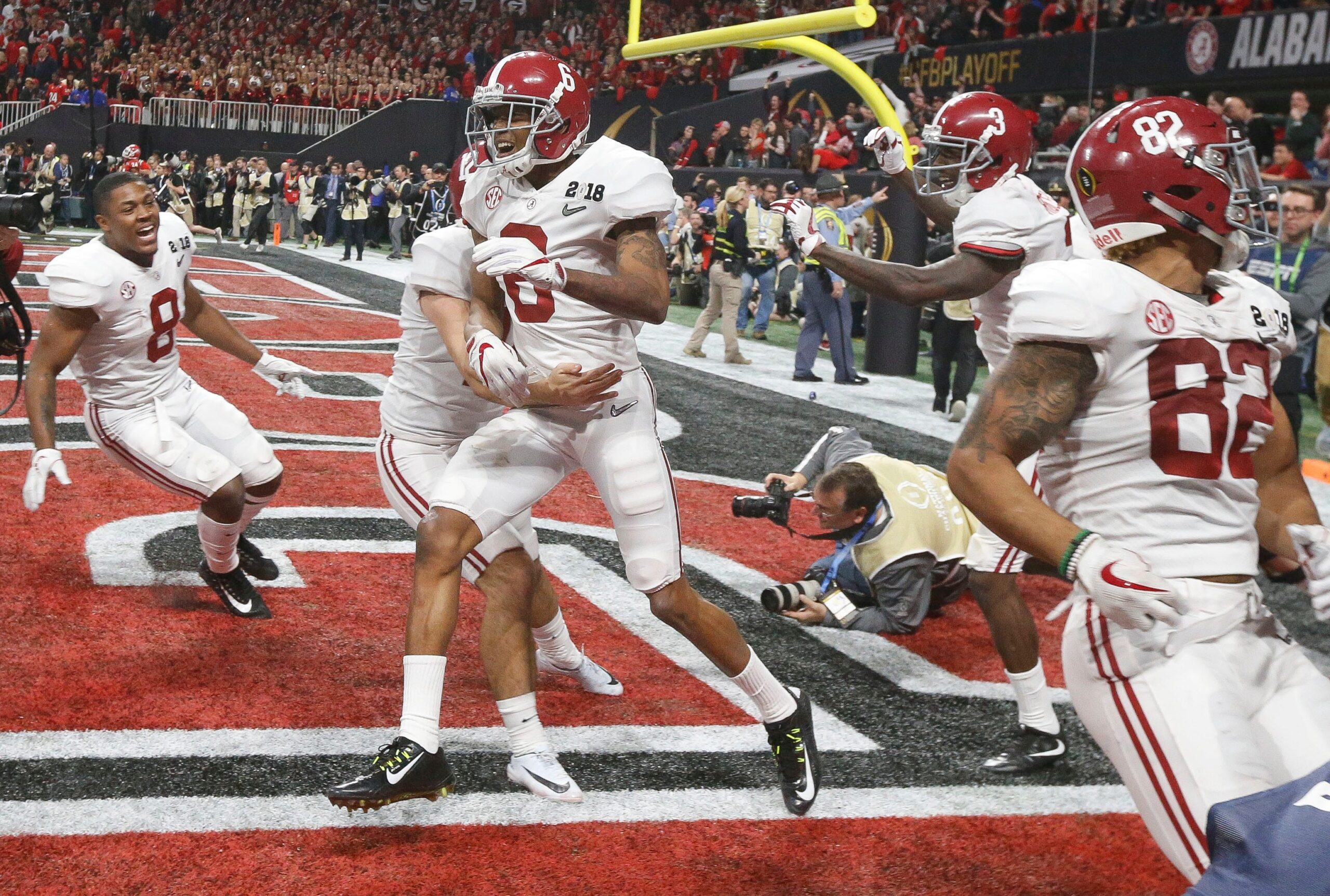
The 12-Team Playoff
2023 saw the most intense controversy of the 4-team playoff era when Florida State (13-0) became the first undefeated Power 5 Conference Champion to be left out of the playoff. Georgia also became the first team to enter the final weekend of the season ranked No. 1 and lose and not make the playoff. For these two fanbases the 12-team playoff could not come soon enough. The 12-team model will allow for five conference champions to receive automatic bids with the highest four also receiving a first-round bye. Seven “at-large” teams will be seeded 5-12 and play a first-round game on the campus of the higher-ranked seed. The expanded field will remove all claims about who should or should not have made the playoff and allow teams to “settle it on the field.” But at what cost?

Are we better off with a 12-team Playoff?
Cause and effect tell us that when one thing changes something else must change with it. In the case of expanded playoffs, the change will come with a degrading of the best regular season in sports. Under the old models every game mattered. Most of the time a team had to be undefeated or a one-loss team at worst to be declared National Champion by one of the polls, make the BCS Championship Game, or make the 4-team Playoff. Supporters of the expanded playoff would argue that it makes more games matter for more teams. In a way, they are correct. In others not so much. There will be scenarios where teams who are already locks for the Playoffs hold out their best players in “meaningless” end of the season rivalry games. Other scenarios would see top teams in the same conference playing as many as three times in the same season and the only game that would truly matter is in the Playoff.
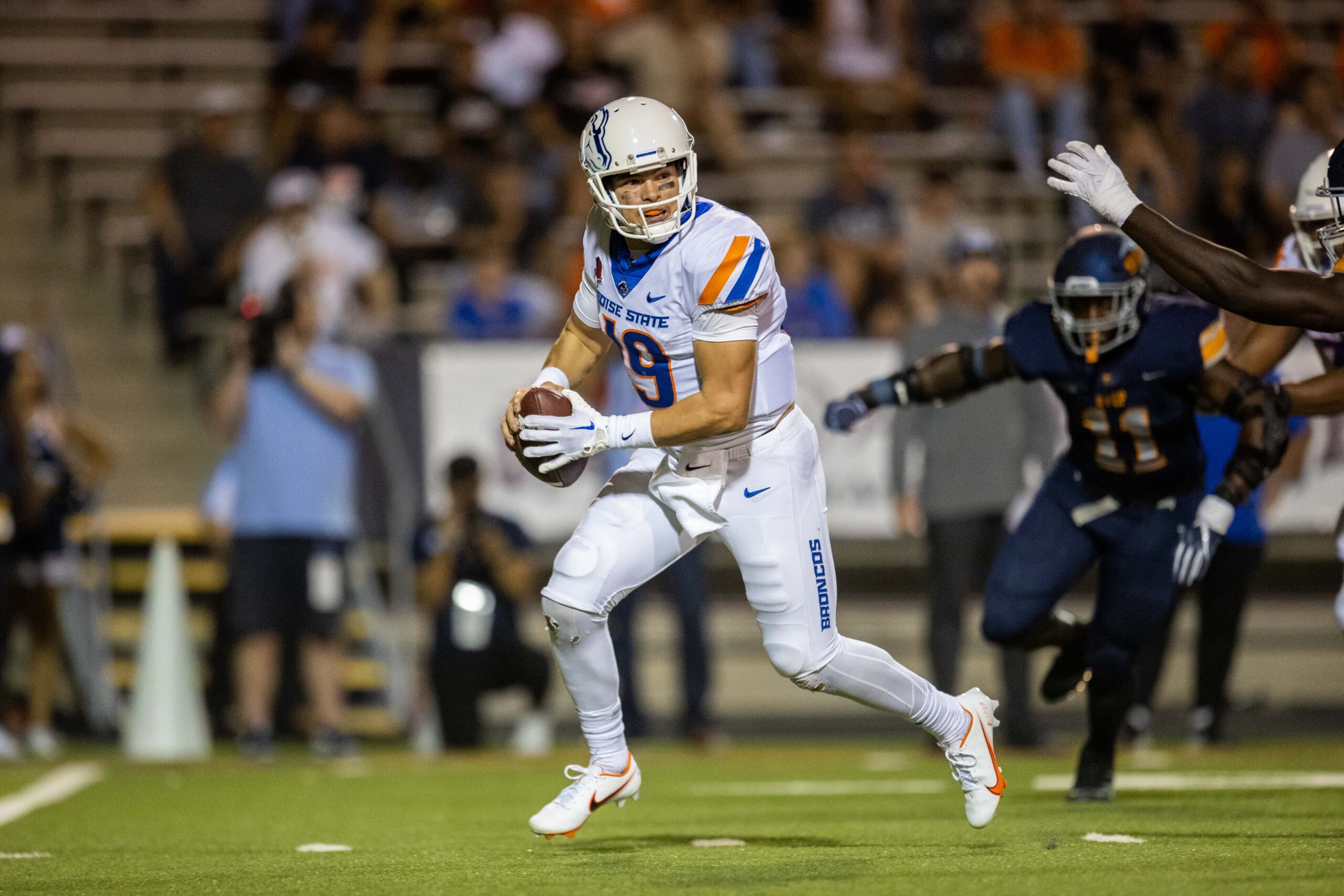
Conference inequities are also a potential bug in the system. According to ESPN’s FPI projections for the 2024 season, Kansas is the top rated Big 12 team at #17 and would receive one of the first-round byes after playing a very easy schedule. Boise State, as the highest rated Group of 5 team, is in a similar situation. The Broncos would receive an at-large bid to the Playoff after playing a schedule with no team rated higher than 60th after Oregon (2) and Oregon State (38).
Are we better off with a 12-team Playoff? My initial reaction is we are not. Going to a 6- or 8-team model first would have been preferable. All conferences are not the same, so automatic bids with first-round byes were a bad idea. In the previous example Kansas would be a 4 seed. Not only would they receive a bye, they also weaken the bracket for all the at-large teams on that side. A two-loss Alabama would be thrilled to play Kansas in the quarter finals after disposing of Boise State in the first round at home. If the Playoff is truly about finding the best team in College Football (spoiler alert: it’s not!), then using a combination of computer rankings and human oversight to seed teams 1-12 regardless of conference would be the best approach.
